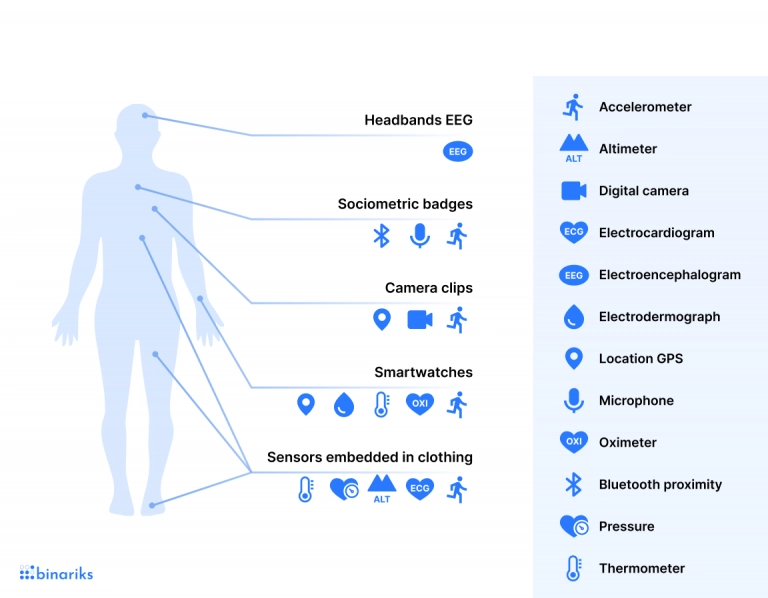User-Friendly Software for Remote Patient Monitoring: Easy Integration and Usage
User-Friendly Software for Remote Patient Monitoring: Easy Integration and Usage
Blog Article
The Future of Health Care: Remote Individual Checking Simplified
As health care proceeds to evolve, one area that holds tremendous guarantee is remote patient tracking. With a focus on boosting patient end results and simplifying health care distribution, remote tracking is positioned to change the market.
Benefits of Remote Individual Tracking
Remote client surveillance presents a multitude of advantages for both doctor and clients alike. One considerable advantage is the capability to constantly monitor patients' essential indications and wellness information remotely. This real-time monitoring enables doctor to discover any type of worrying modifications or patterns immediately, resulting in very early treatments and possibly stopping clinical emergencies. In addition, remote client surveillance improves the total quality of care by giving a much more holistic and extensive sight of patients' health standing beyond conventional in-person sees.
Additionally, remote person monitoring can lead to enhanced individual end results and satisfaction. Remote monitoring can minimize the requirement for frequent hospital sees, reducing healthcare prices for both patients and carriers.
Innovation Driving Remote Surveillance
In the realm of modern-day health care, technological developments play a critical role in driving the advancement and effectiveness of remote individual surveillance. The assimilation of innovative technologies such as wearable tools, mobile applications, and cloud-based platforms has changed the method doctor remotely handle and keep track of person health - software for remote patient monitoring. These innovations enable continuous real-time monitoring of important signs, medicine adherence, and various other vital wellness data, permitting timely interventions and customized care strategies
One trick modern technology driving remote monitoring is the Web of Things (IoT), which enables seamless connectivity between clinical devices and medical care systems. IoT gadgets such as smartwatches and cordless sensing units transmit and gather patient data to central platforms, facilitating remote surveillance from throughout the world. Man-made intelligence (AI) and artificial intelligence algorithms additionally enhance remote tracking by examining substantial quantities of client information to spot patterns, anticipate wellness fads, and sharp health care service providers to possible issues.
Effect On Medical Care Shipment
With the combination of advanced modern technologies driving remote person monitoring, the influence on healthcare delivery is coming to be increasingly profound and transformative. Remote person surveillance allows medical care companies to supply even more proactive and personalized like patients, bring about improved health end results and reduced hospital admissions. By remotely tracking vital signs, signs and symptoms, and medication adherence, medical care experts can step in early, stopping problems and enhancing the overall top quality of care.
Additionally, remote surveillance improves access to healthcare services, particularly for individuals in underserved or rural areas. Individuals can receive constant surveillance and support from their homes, getting rid of the requirement for constant in-person sees. This not only conserves time and reduces expenses for both people and health care facilities but additionally minimizes the risk of direct exposure to transmittable conditions, an essential consideration in the existing medical care landscape.
Additionally, remote individual surveillance allows doctor to much better allocate resources and focus on care based on real-time information. By recognizing high-risk individuals and intervening quickly, medical care distribution ends up being much more reliable and effective, ultimately causing a much more sustainable and patient-centered medical care system.
Improving Person Results

Moreover, RPM enables for proactive management of chronic conditions, lowering the chance of acute worsenings and medical facility readmissions. People gain from boosted comfort and convenience, as they can receive treatment in their very own homes while staying linked to their doctor. This continual tracking not only improves client contentment yet likewise fosters a sense of empowerment and interaction in their own wellness monitoring.
Future Trends in Remote Surveillance
Accepting advanced innovations in remote patient monitoring is shaping the future landscape of healthcare distribution. The future patterns in remote tracking are anticipated to change the means medical care is given, making it a lot more patient-centric and efficient. One considerable pattern is the raised use of wearable tools and sensors to accumulate real-time information, enabling doctor to keep track of clients constantly without the need for constant in-person brows through. These gadgets can track important indicators, medicine adherence, and task degrees, offering an extensive view of the person's health status.

In addition, telehealth platforms are becoming much more innovative, permitting virtual assessments, have a peek at this site remote diagnosis, and remote client checking all in one integrated system (software for remote patient monitoring). This holistic approach to remote monitoring is enhancing medical care shipment, improving patient fulfillment, and ultimately, improving visit here overall quality of treatment
Final Thought
In verdict, remote patient monitoring offers many advantages in health care distribution, driven by improvements in modern technology. It has the potential to improve person outcomes and change the way medical care is delivered. Future patterns in remote surveillance will remain to shape the landscape of health care, giving chances for more tailored and efficient person treatment.
Remote patient surveillance offers a plethora of benefits for both healthcare providers and people alike. Furthermore, remote client monitoring enhances the overall quality of care by offering a more holistic and thorough sight of clients' health status past typical in-person brows through.
Furthermore, remote person surveillance can lead to improved patient results and satisfaction. Remote client tracking enables medical care carriers to use even more positive and customized care to individuals, leading to improved health outcomes and reduced hospital admissions. Remote patient monitoring (RPM) plays a substantial role in improving patient end results by providing constant, real-time data that allows medical care providers to intervene without delay and adjust treatment strategies as required.
Report this page